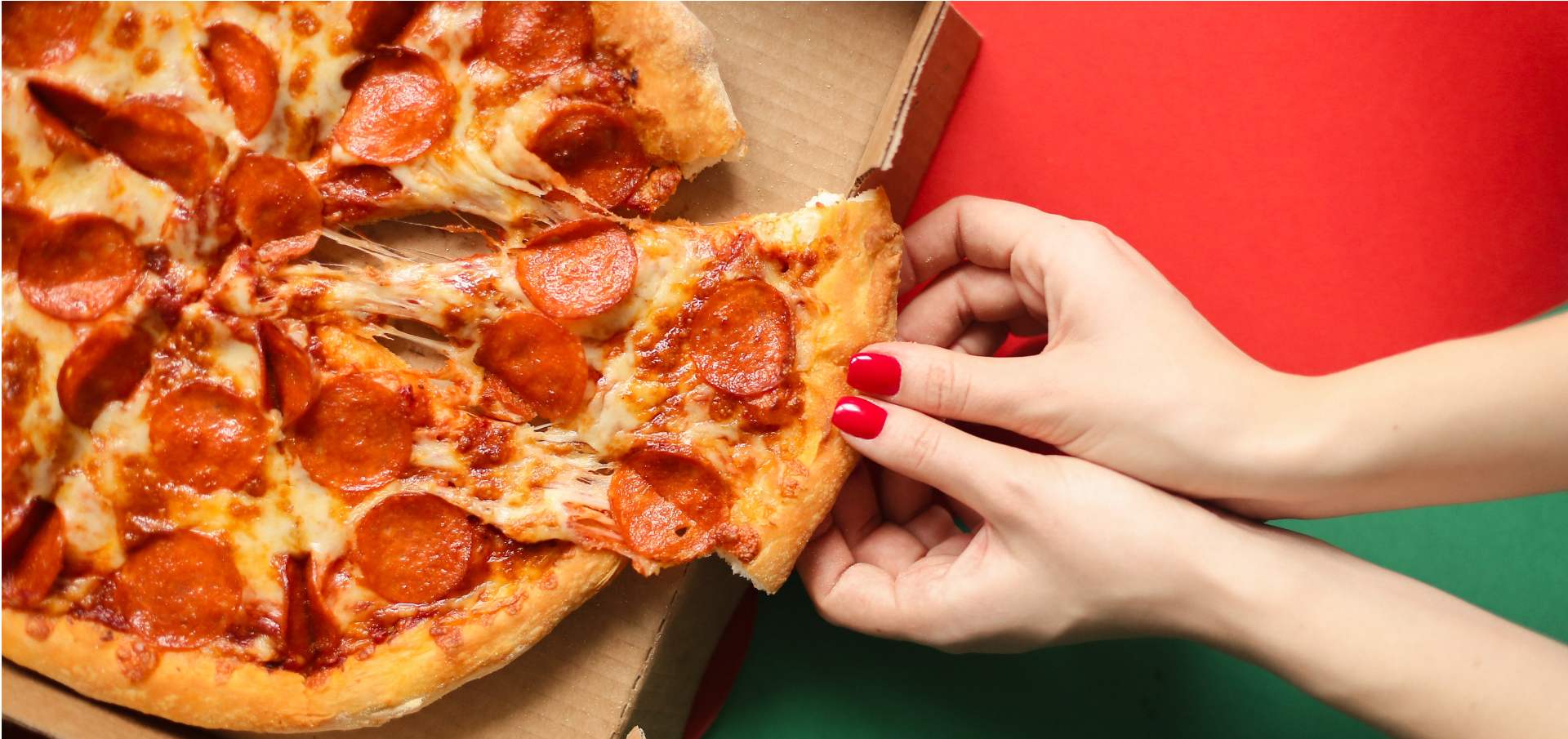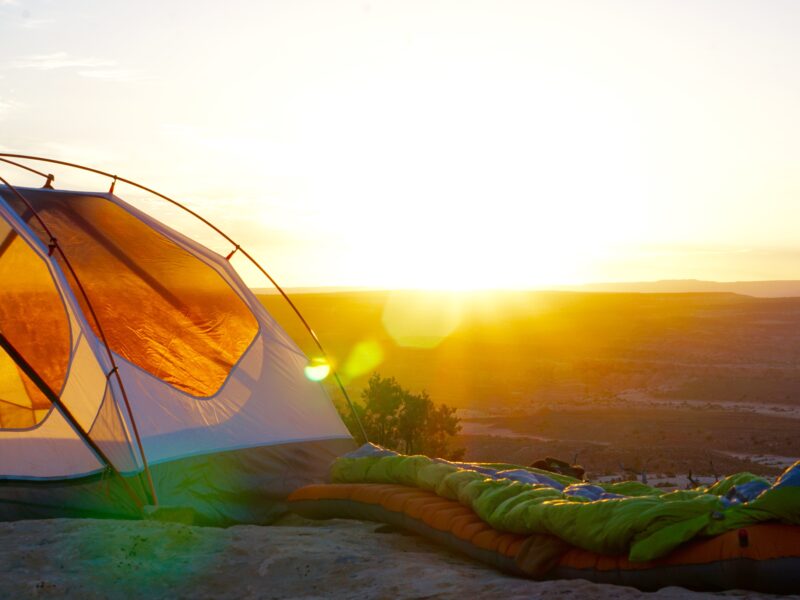Retrospectives have a tendency to sometimes be repetitive and less fruitful. However sometimes just a simple change of scenery can already open up a new perspective of underlying problems or successes that a Scrum team has been through.
One method I’ve tried in practice is bringing the retrospective in an authentic Italian vibe. And what is the first thing people associate with Italia? Pizza 🍕 of course!
Scrum Rituals going digital
In the last few years, digital retrospectives have become more and more common in my experience. The most common reason is that it isn’t granted anymore that everyone is in the office on the same day anymore. Forcing your colleagues to be physically present for Scrum rituals isn’t a good start of shared openness in the team. So we as Scrum Masters have to adapt our methods to still have these precious moments of self-reflection.
Sketching the board
In this blogpost I’ll explain the retrospective from a digital point of view. However, the Pizzaria retrospettiva can be easily sketched out on a physical whiteboard as well.
I have good experiences with Miro as an online whiteboard, but there are tons of other initiatives as well to choose from.
So how to bring pizza and self-reflection together? Well it might be easier than you think.
First, draw a circle and use a background of a pizza with slight transparency as a background.
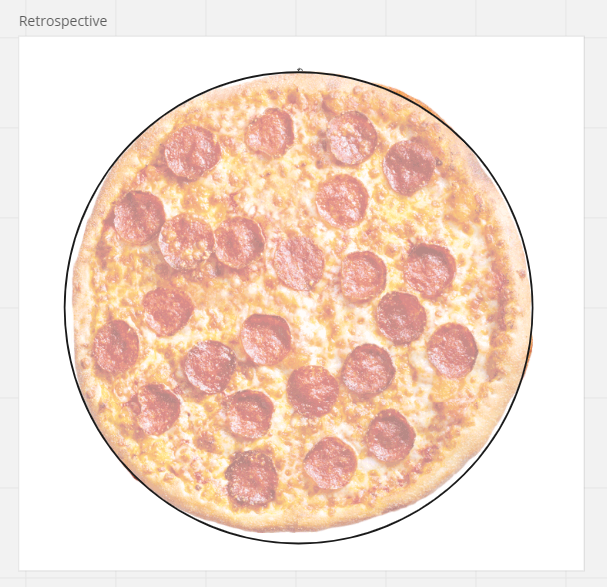
The background will set the atmosphere and will be eye candy for colleagues used to a standard grid layout. As with any pizza before eating, we first have to slice it. So let’s divide the background in a few sections where we can put our discussion topics that are actual.
These topics can of course be anything you want, but the example below can be used as inspiration.
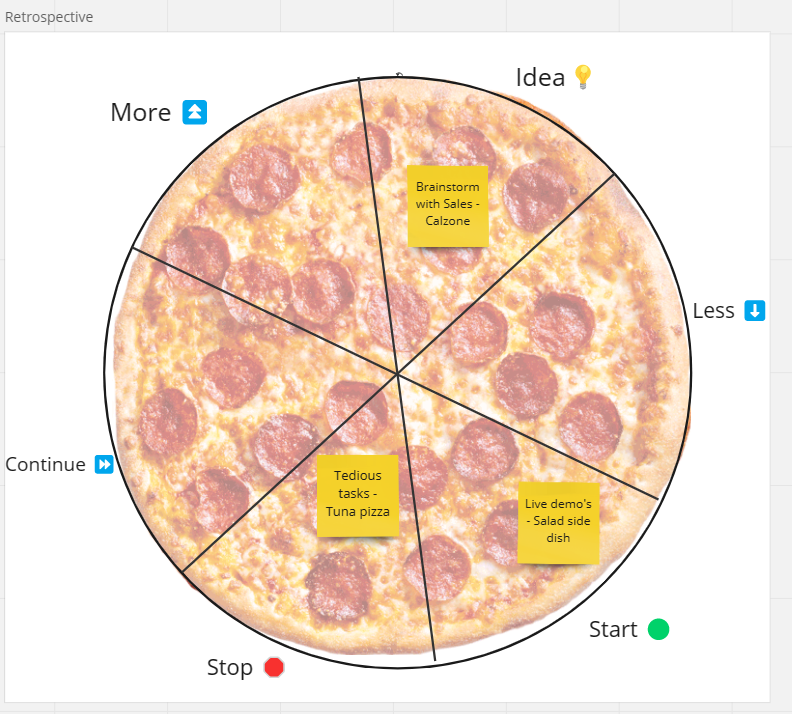
Start the retrospective
With the preparation now complete we can now start the session. Invite your colleagues to join and introduce the board. The process goes as follows:
- Let everyone fill in cards applicable for each slice with either situations that worked well, what could be improved or that the team should stop doing.
- The twist however is that they have to associate their card/experience with a pizza, an ingredient or another Italian dish if that helps. That way they have to package their, for example negative experience, with a type of food.
- Once the cards are on the board the group will start ‘eating’ the board. Discussing the cards slice by slice.
- The colleague that owns the card has to explain some context to the rest of the group but also state the reason for the chosen pizza, ingredient or other Italian dish. Hopefully lighten the mood within the group and start curiosity why these Italian associations are made.
“I’ve struggled with X in the last sprint, it was just as disappointing as a tuna pizza”
“I really enjoyed working on Y, wake me up anytime for a margarita pizza”
“I had to wait a long time on Z but we got there in the end, it’s like cold pizza. It gets better as time passes.”
- The discussion starts as with any retrospective and the group decides what to do with each card on the next iterations. Either by creating action points or leaving it at that.
- Conclude the retrospective with some of the highlights discussed and ask everyone to rate this Pizzaria with one to five stars. Use that feedback if these types of playful retrospectives align with the team members.
Conclusion
In my experience, changing the scenery of a retrospective in the atmosphere of a Pizzaria can lighten up the mood, change people’s perspectives and, above all, get team members to know each other just a little bit better. Creating more shared security amongst them in the long run.
I hope you try out this format in one of your upcoming retrospectives. Leave your experiences in the comments below so I can perhaps finetune this even further.
